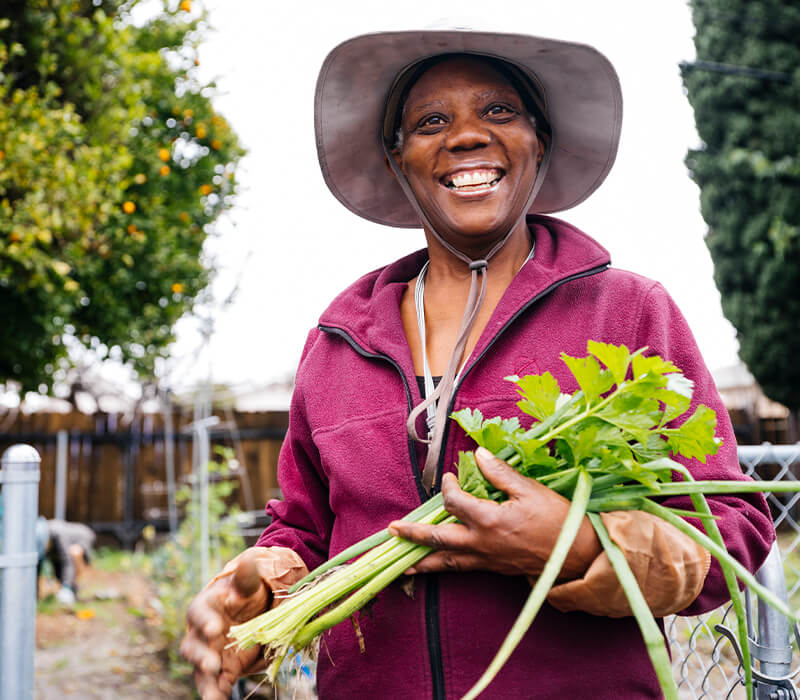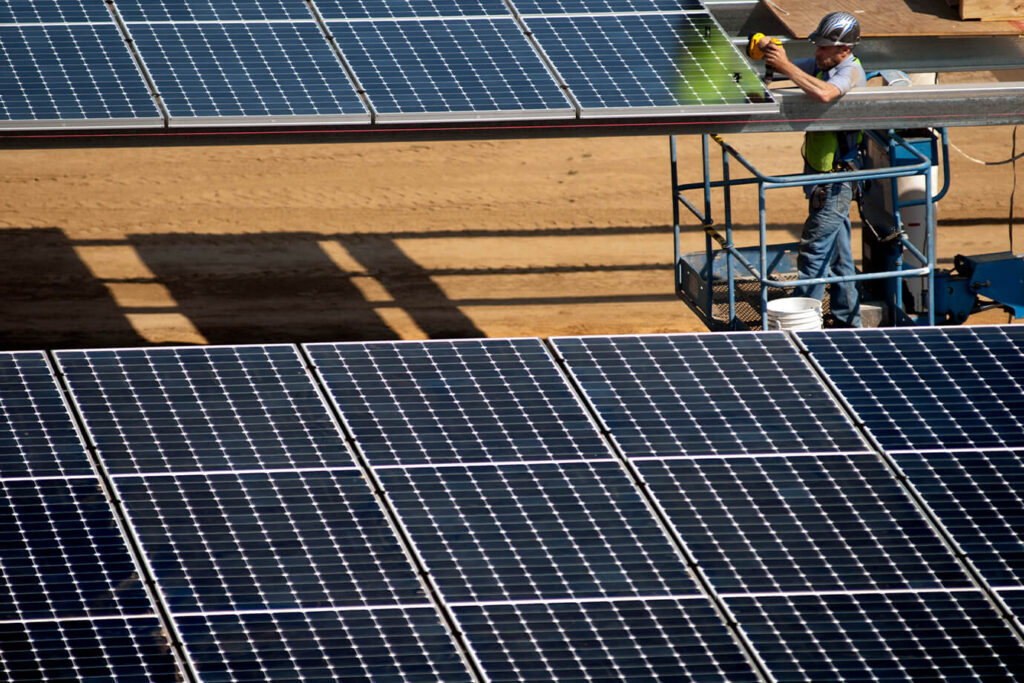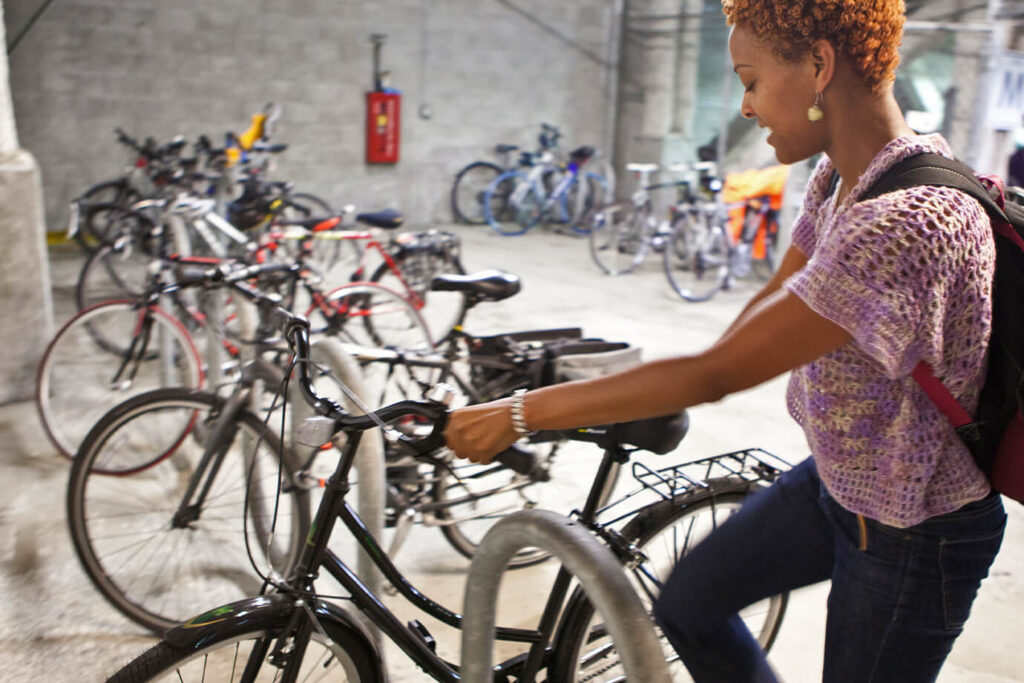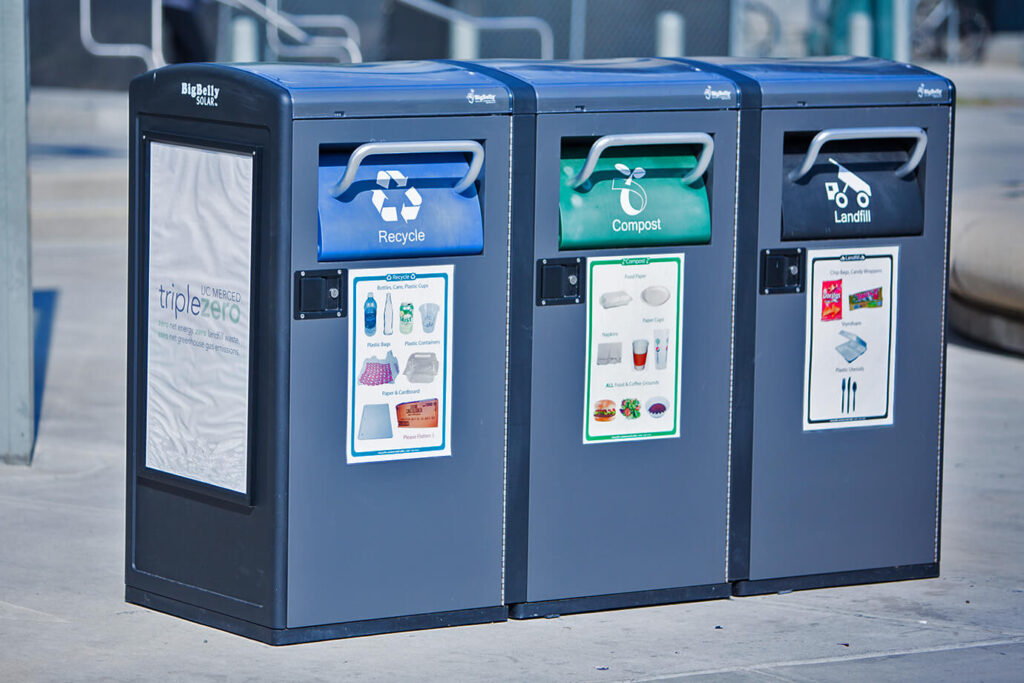Commitment
The 2023 Annual Report on Sustainable Practices highlights UC’s climate leadership and action for a fossil-free future.

Letter from
the President
This is the University of California’s 20th annual sustainability report — an occasion to take stock of our progress, and to chart a bold course for our future.
Since the University began tracking its climate impact in 2009, it has cut its carbon emissions by approximately 25%, saved $400 million through energy efficiency programs and installed more than 100 on-campus solar projects. This year, the University also signed its first wind power contract, our largest renewable energy commitment to date. We also signed an agreement to add utility-scale batteries to our next Southern California solar project. By 2025, all 10 UC campuses and six academic health centers will use 100 percent clean electricity. Remarkable achievements like these have made the University an acknowledged global leader in sustainable practices. We have much to be proud of.
Read the full letter From the President
This kind of transformative change doesn’t happen spontaneously. The University is a more sustainable institution today because of the ambitious goals it set in the past, and because our community came together to make this work a priority. Now, as we grapple with a growing climate crisis, we’re raising the bar once again. In 2023 we adopted stronger climate goals that put the University on a path to carbon-free operations by 2045. These goals prioritize direct emission reductions, limit the use of carbon offsets and align the University’s climate goals with those of California.
In 2023, we also launched a historic partnership with the State of California to supercharge climate research and innovation statewide. Through $80 million in state-funded climate action grants, the University is supporting dozens of immediate, solutions-focused collaborations between academic researchers and experts across California. An additional $15 million in innovation grants will enable each UC campus to support climate-focused entrepreneurial efforts. This partnership with the State is the kind of decisive action needed to address the challenges climate change poses for California.
Setting new, increasingly bolder goals is central to our mission at the University of California. By setting ambitious goals and building on our record of success, I know we can meet the urgency and the gravity of the climate crisis, while building a brighter future for all.

Michael V. Drake, MD
President, University of California

Letter from the
AVP of Capital Programs,
Energy & Sustainability
The University of California began reporting on its sustainability progress 20 years ago. UC’s first annual sustainability report covered two policy areas at the time, green buildings and clean energy, marking a fitting foundation for UC’s climate leadership. This anniversary presents an opportunity to reflect on how far we’ve come and what we’ve learned along the way.
Read the full letter
From 2004 to 2023, the University of California grew its LEED certifications from a single LEED certified building at UC Santa Barbara’s Bren School of Environmental Science and Management to 427 LEED buildings across the system, three-quarters of which are Gold or Platinum certified. This accomplishment reflects UC’s commitment to a green building policy that saves energy, reduces emissions, uses resources responsibly and creates healthy places for our community to work, study and live. Learning from that first pilot building at UCSB and other early pioneers, UC’s sustainability policy turned a best practice into standard practice across the system.
Similarly, UC locations have demonstrated incredible progress toward our clean energy goals since 2004. When those goals were adopted, the University had only two small solar rooftop systems, which generated just 0.1 megawatts of renewable power. Today, UC can generate more than 55 megawatts of renewable power at our campuses and academic health centers, producing enough electricity to power over 12,000 homes. UC’s own Clean Power Program, formed in 2015, has provided 100 percent clean electricity to all eligible campuses and academic health centers since 2018. The University has also aggressively pursued energy efficiency improvements, resulting in cumulative utility bill savings of more than $400 million since the clean energy policy goals were adopted in 2004. These investments in clean electricity and energy efficiency are foundational to the University’s pursuit of electrification and decarbonization.
Our first annual sustainability report highlighted staff and student participation in sustainability activities, describing the activities of UC’s first sustainability professional, Matthew St.Clair. Twenty years later, sustainability offices lead comprehensive sustainability programs at all UC locations, 13 cross-disciplinary working groups develop and guide implementation of our robust Sustainable Practices Policy, and more than 700 student fellows have conducted innovative research, operational and engagement projects. A commitment to diversity, equity and inclusion continues to anchor the growth of our sustainability community and practices. This year, the Sustainability and Diversity, Equity, Inclusion and Justice Working Group led the development of a new section in the UC Sustainable Practices Policy which formalizes the University’s commitment to applying principles of anti-racism to all sustainability policy areas, programs and initiatives.
This 2023 sustainability report also marks an important transition for UC as we announced new, stronger climate goals to accelerate our transition away from fossil fuels. The report’s theme, UC climate action for a fossil-free future, provides us with the opportunity to showcase how the University is pursuing decarbonization locally and systemwide.
It’s clear that UC needs to continue building on our accomplishments and looking ahead to address the mounting challenges of the climate crisis. Looking back at what we’ve accomplished over the past two decades gives me hope that the University’s innovative, committed and inspiring community will lead the way.

David Phillips
Associate Vice President, Capital Programs, Energy & Sustainability
Policy Areas
The University of California’s formal sustainability commitments began in 2003 with a Regental action that led to the adoption of the Presidential Policy on Green Building Design and Clean Energy Standards in 2004. Since then, UC has expanded the scope of the Sustainable Practices Policy to include climate, transportation, building operations, waste, procurement, food, water, health and well-being, UC Health and sustainability performance, as well as anti-racism, diversity, equity and inclusion.
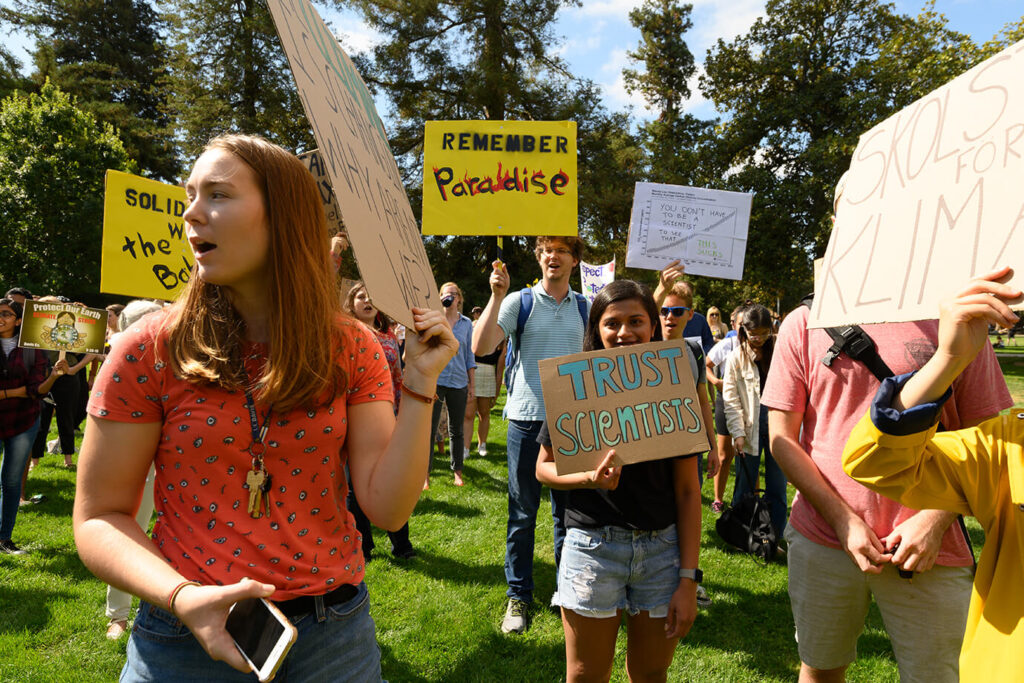
The Sustainable Practices Policy applies to all 10 campuses, six academic health centers, UC Agriculture and Natural Resources, Lawrence Berkeley National Laboratory and the UC Office of the President.
The complete UC Policy on Sustainable Practices can be accessed online, and a summary is available below. UC’s sustainability data summarizes progress toward the goals.
Timeline of Sustainability
For many decades, the University of California has been committed to sustainability in its operations, education, research and public service.
 Sustainability Annual Report 2023
Sustainability Annual Report 2023